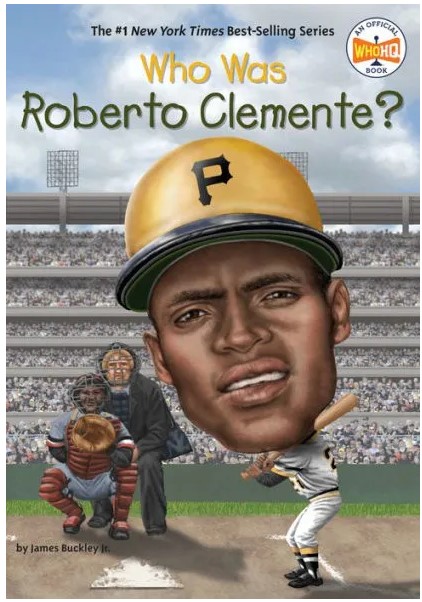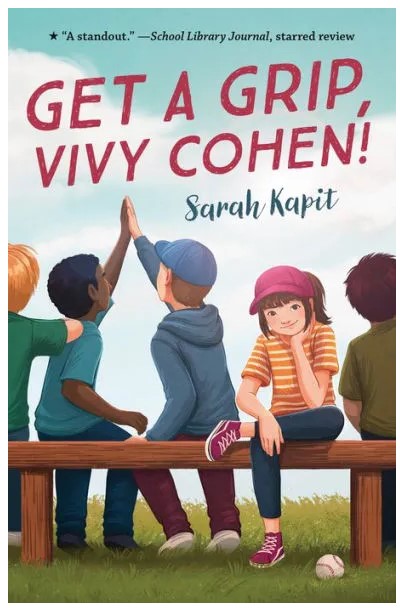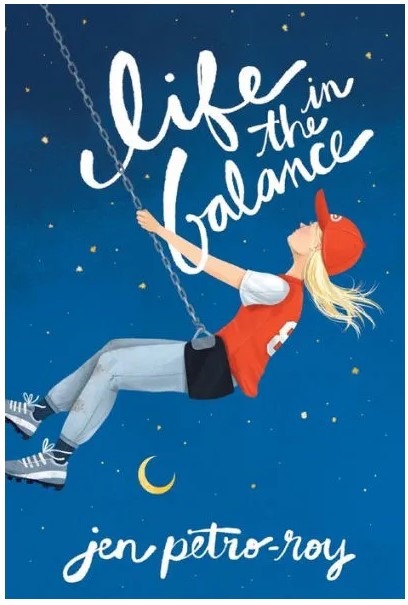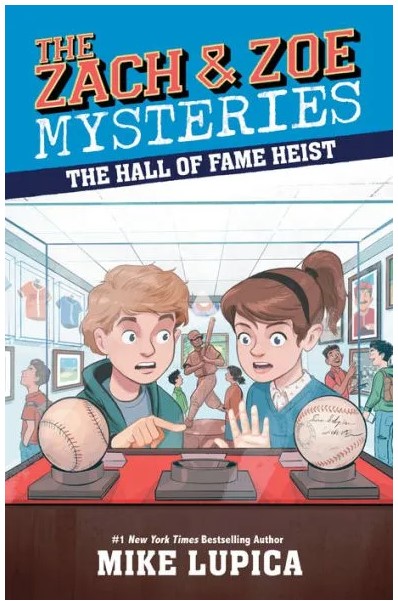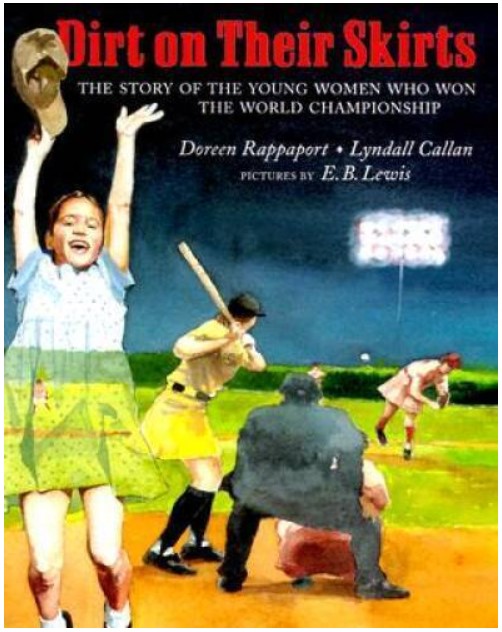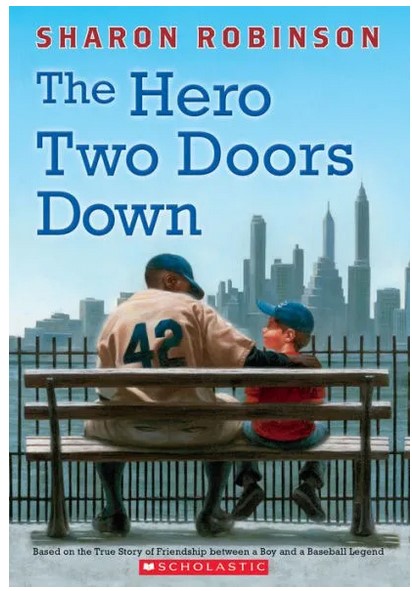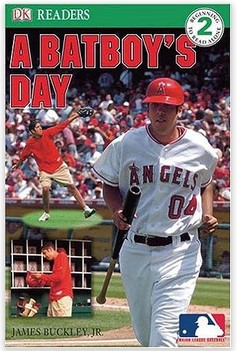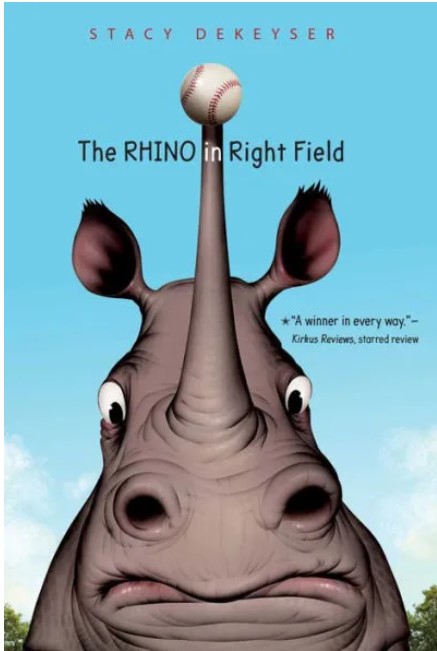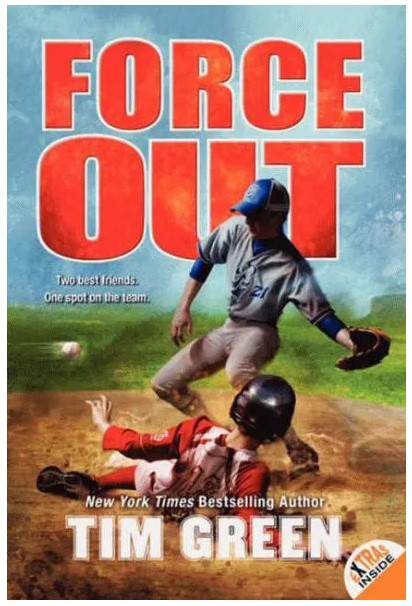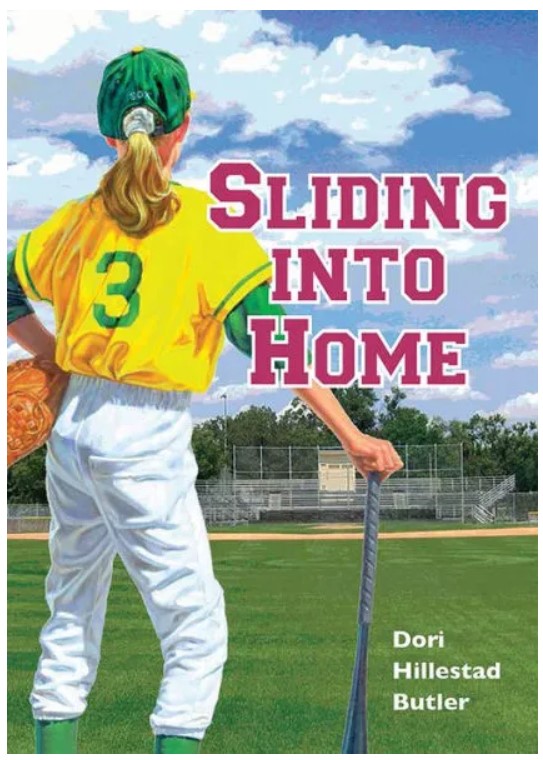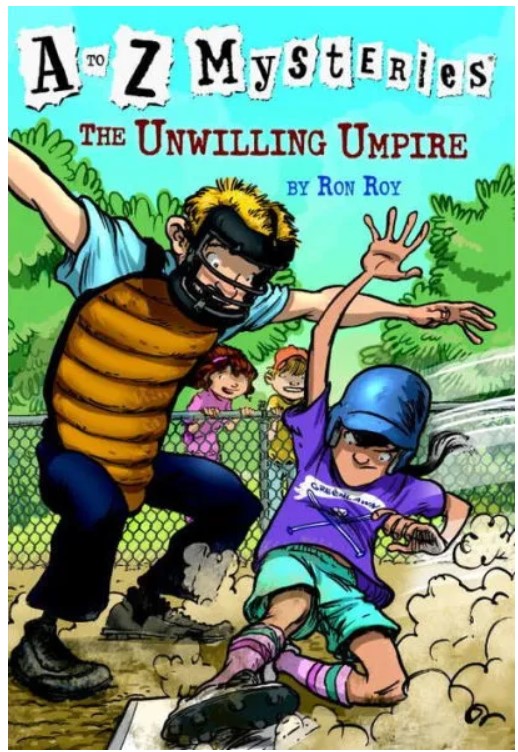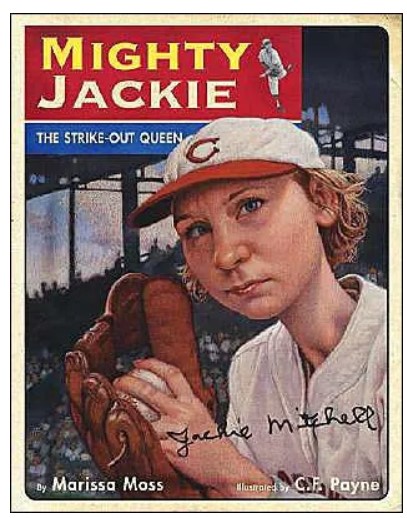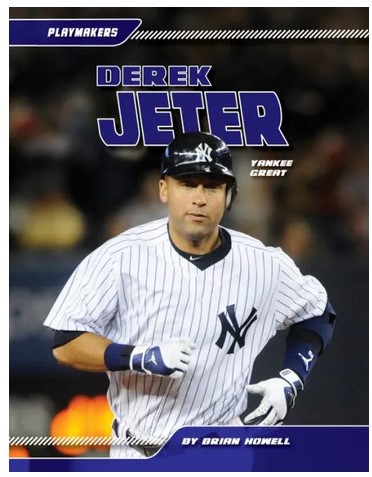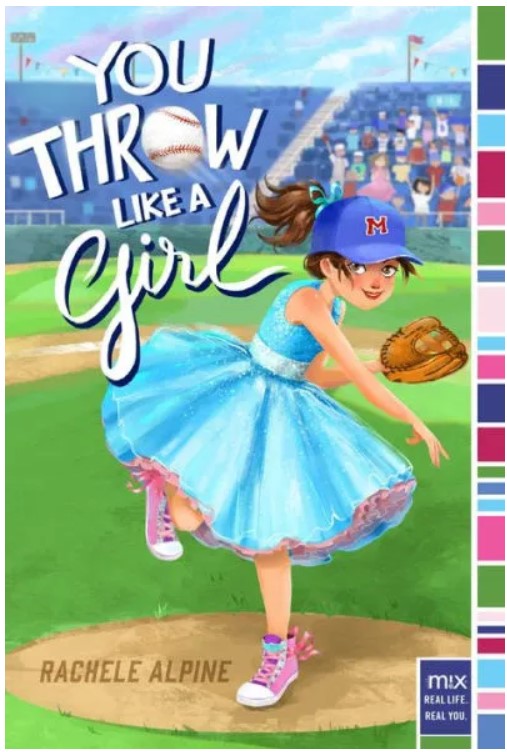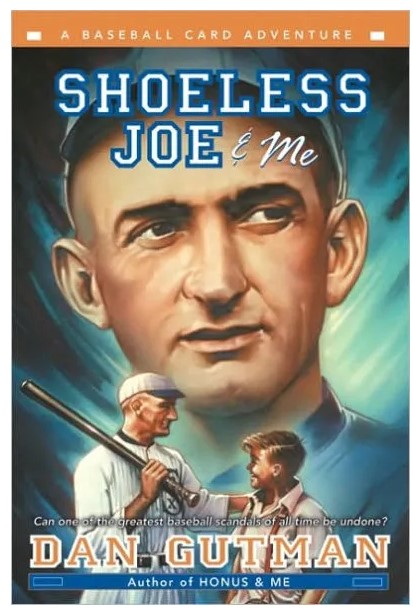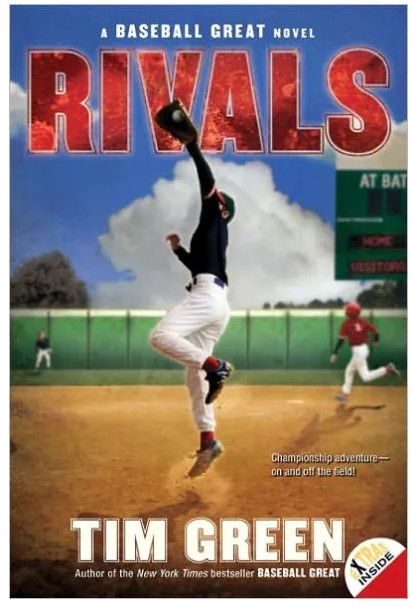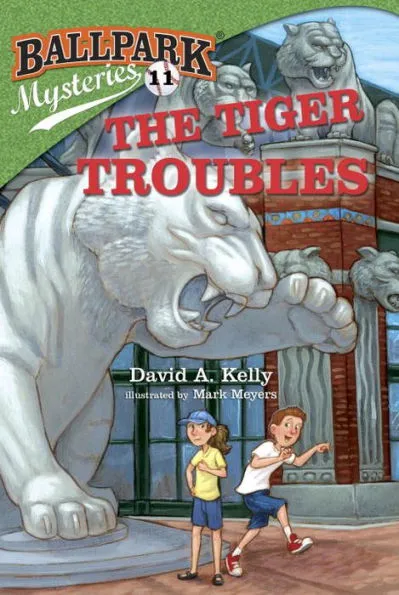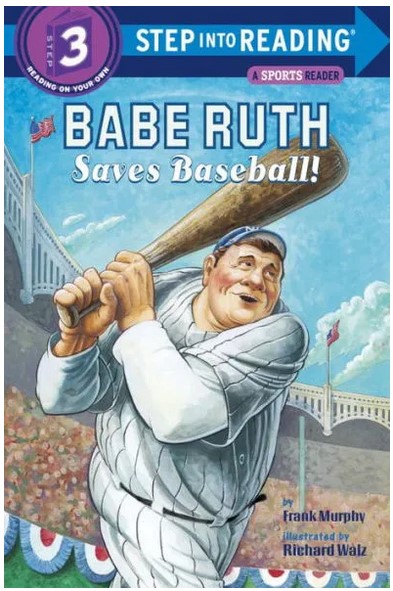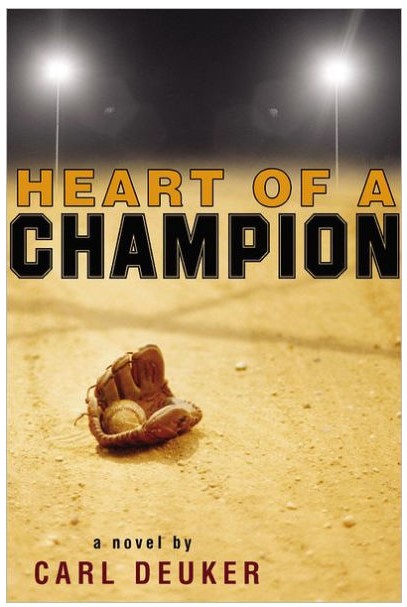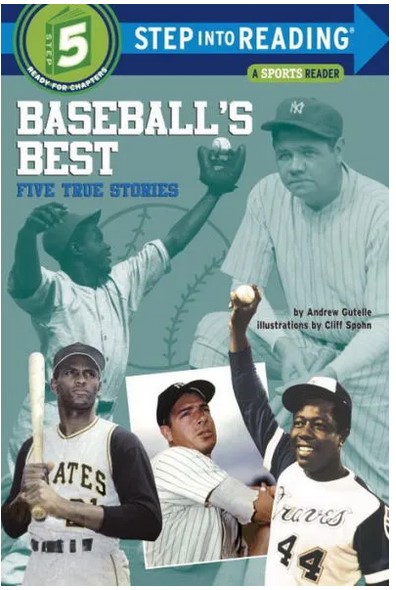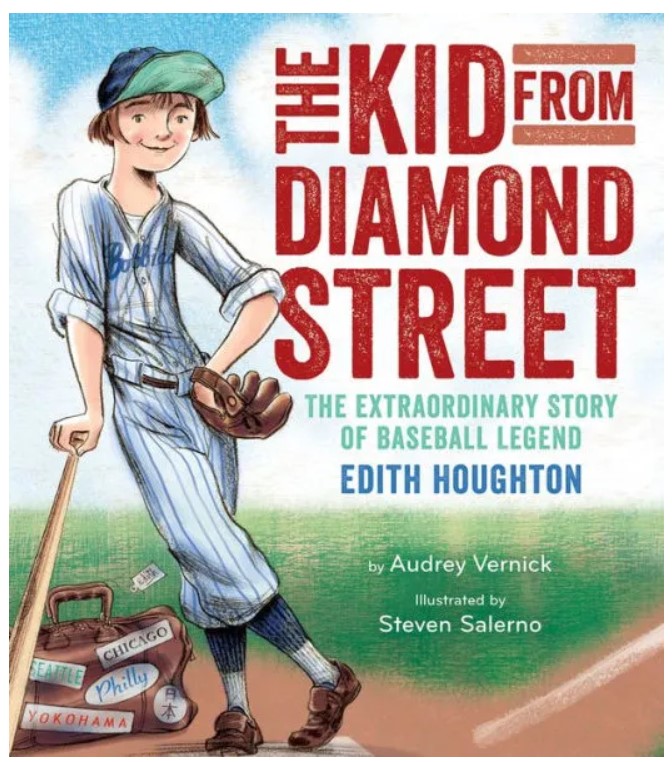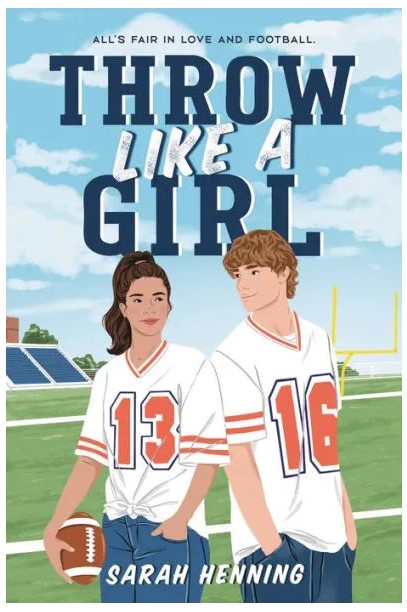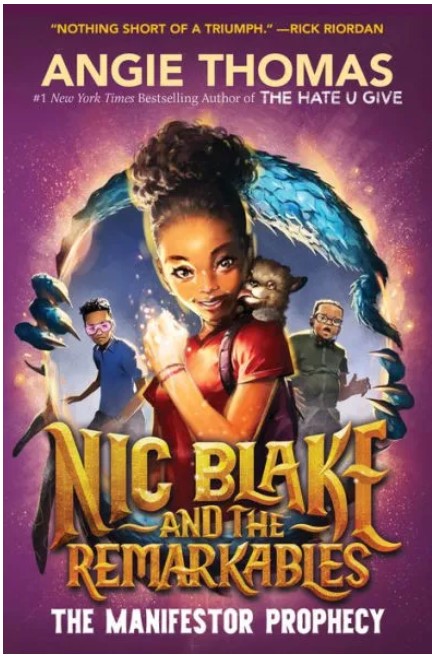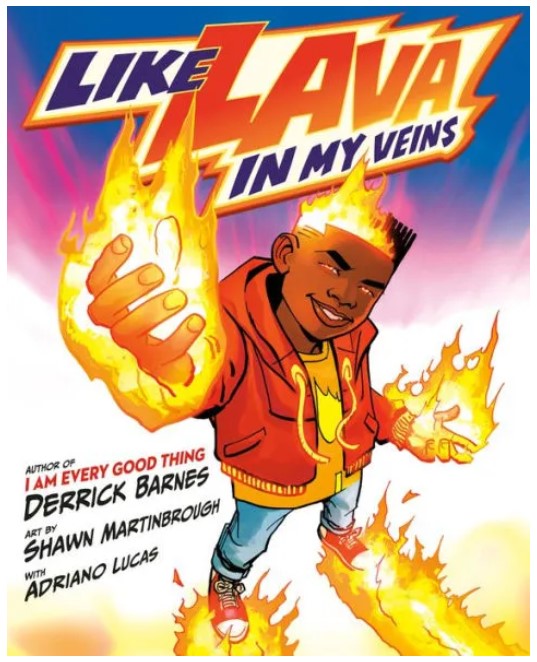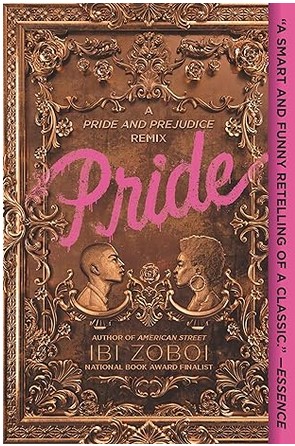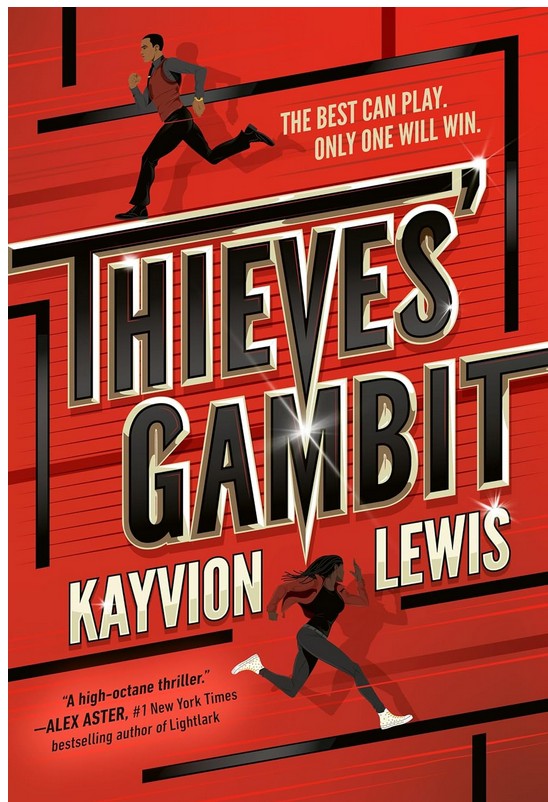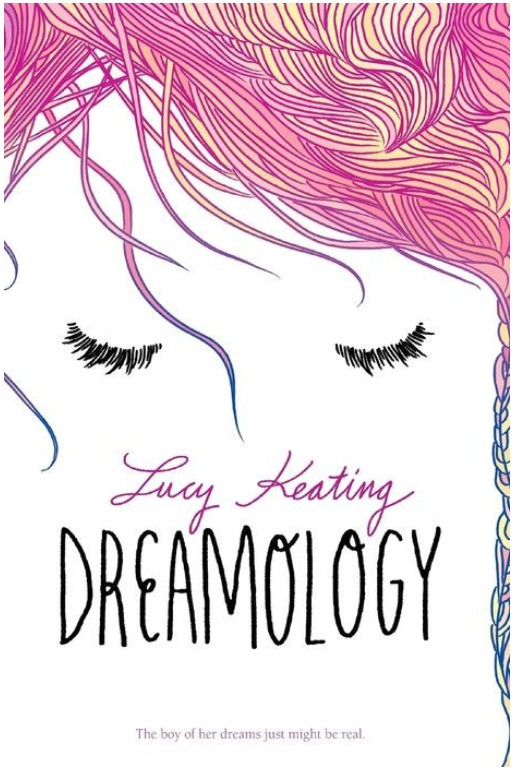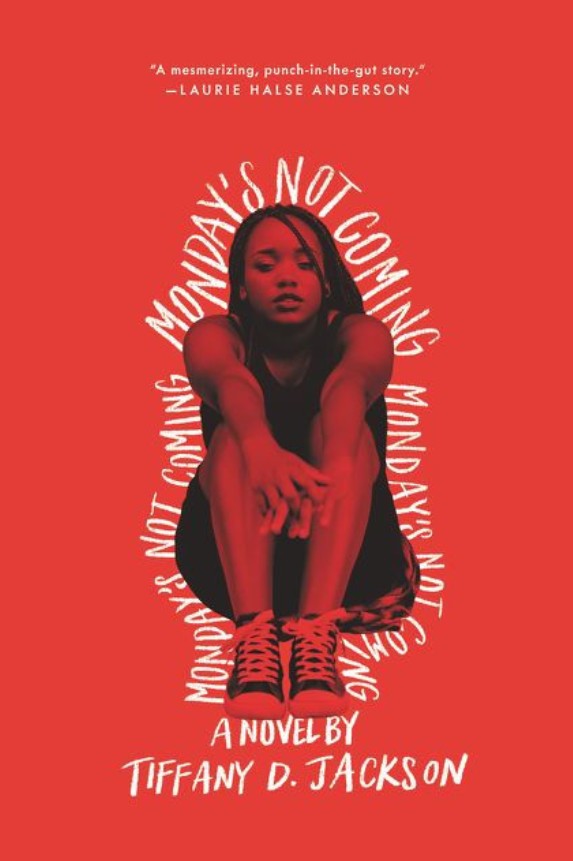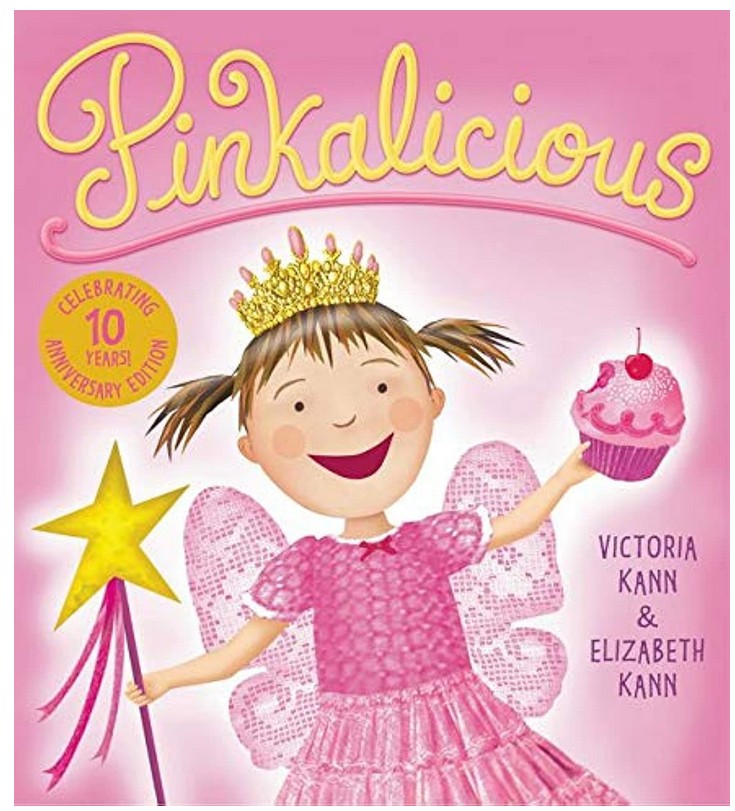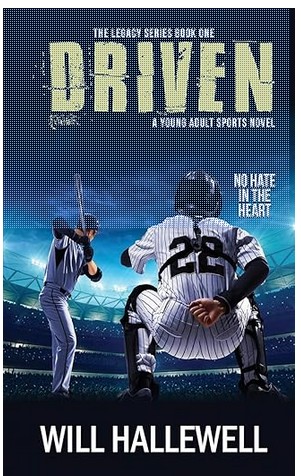Nic Blake has a secret to keep from the rest of the world—she has a magical power called the Gift. This makes her, like her father, a Remarkable. Nic explains her life as a Remarkable in an Unremarkable world, “an Unremarkable . . . doesn’t have the Gift or any supernatural ability.” Nic knows that the majority of people in her town are Unremarkables and that “a majority of Unremarkables don’t know about the Gift or know that Remarkable creatures exist. Though Nic knows she has these powers, she still does not know how to use them. As she is about to have her twelfth birthday, Nic is excited that, “My dad’s gonna teach me how to use the Gift so I can finally be a real Manifestor.” Nic reveals, “Although we Manifestors are born with the Gift inside of us, we still have to learn how to use it, and there are lots of ways to use it, too.”
In Jackson, Mississippi, Nic is happily living with her father, Calvin, and hanging out with her best friend, JP. Her world is about to change, however, when Nic’s mother, who Nic has not seen since she was a baby, suddenly reappears in her life—along with a twin brother, Alex, whom Nic didn’t know she even had. Nic’s twin brother Alex and Nic’s mom reveal that they had to find Nic because her father has been accused of stealing a magical weapon by the Remarkable government. Nic’s mom and her brother have come all the way from the land they call home, Uhuru, a super technologically advanced city where only Remarkables live, to find Nic.
When Nic’s dad is accused of stealing a dangerous, magical weapon, Nic, JP, and Alex must set out on a quest to find the magical weapon and prove that Nic’s father is innocent. Along the way, Nic shows herself to be an extremely insightful Manifestor, even though she doesn’t know how to control the Gift. Throughout the novel, Nic learns more about her powers as well as how they connect with her ancestry. For instance, Nic recalls a story about how some of her ancestors who were caught by slavecatchers were freed by a Manifestor who “whispered ancient words to them, and they remembered who they were . . . They flew off like birds to freedom.” Nic recognizes that the Gift “helps us when we need it,” and gradually learns how to use her powers.
Nic is an extremely empathetic character, who struggles to comprehend having a mom and brother enter her life unexpectedly. Nic explains, “It feels like my world was made of sand and I didn’t know it, and a gigantic wave has crashed in, wiped it out, and left me with something that doesn’t resemble my life.” Readers will appreciate the sacrifices Nic makes to prove her father’s innocence, even though her family dynamic is completely uprooted. Nic thinks, “I never would’ve thought that my dad would be a wanted criminal . . . it’s hard to believe this is my life.” Nic’s father admits his mistakes in keeping secrets from her. Nic’s dad says, “No matter my reasoning, I kept you from an amazing mom and brother.”
Another reason readers will love Nic is that she is a very open-minded character and treats each new person she meets with respect, Remarkable or not, because her father has taught her that “some Manfestors like to make sure other Remarkables know that [Manifestors] are the most powerful Remarkables. Dad says it’s silly; that as Black folks we’ve seen people like us get treated as inferior and we shouldn’t do that to others.”
A major theme in Nic Blake and The Remarkables is reconnecting with estranged or lost family. Nic is dealing with a lot: “finding out I was kidnapped, that my dad may be a criminal, and that I have a mom and a twin brother.” Throughout the novel, Nic has to learn to trust and rely on Alex to help her navigate through Uhuru. Alex shows Nic how to use Uhuru’s technology. But Nic also helps Alex by demonstrating bravery, such as when she approaches a dragon for help, while “Alex whimpers.” In this way, both Nic and Alex bring something to the table and help each other on their journey. Alex and Nic’s relationship adds a great deal of heart to the story, as they realize that they actually have a lot in common, they even begin to call this “twin telepathy.”
Nic Blake and The Remarkables ends on a cliffhanger, with Nic receiving a threatening message from an anonymous source because she has found and returned the magical weapon. The threat tells Nic, “You think you’re gonna get away with finding what I hid?” This ending will certainly keep readers on their toes and excited to read the next book. Readers who enjoy stories with fantasy, action, and family will find this book absolutely delightful. Nic’s journey leaves readers with an amazing message about trusting in your own abilities. As Nic says, “The power to save myself, it lies within me.”
Sexual Content
Violence
- Nic’s powers accidentally knock out her Uncle Ty. Nic explains, “Our hands touch, and everything happens in a flash. Uncle Ty’s Glow goes out like a fire doused with water, and a jolt shoots through my palms, making my own aura glow so bright, it blinds me . . . [Uncle Ty] hits the ground with a thud.” Uncle Ty recovers quickly, but Nic feels extremely worried that she accidentally hurt someone.
- Nic and her dad visit a Civil Rights Museum when her dad tells her what happened to Emmett Till. Nic explains what her father taught her about the event, saying, “[Emmett] was accused of whistling at a woman. I didn’t think it was that big of a deal, but Dad said that back then because Emmett was Black and the woman was white, some people did think it was a big deal. The woman’s husband and brother-in-law kidnapped Emmett in the middle of the night and killed him. [Emmett] was fourteen; a kid like me.”
- Nic and JP encounter a Boo Hag, which Nic explains is like a vampire except that these creatures “live off breath instead of blood. They climb on victims at night and suck the oxygen from their bodies, and sometimes they steal the person’s skin.”
- Nic and her friends encounter a ghost-like creature called a haint. JP asks the haint how he died: “[the haint] points at a tree, hangs his head, and holds his hand up as if it’s a rope. ‘Oh,’ JP murmurs. ‘You were lynched.’”
- Based on his interpretation of a prophecy, Uncle Ty believes that he is meant to defeat Nic and attacks her. Nic says, “My brain doesn’t process what he’s said until the lightning bolt whizzes straight for me.” Nic is able to escape Ty with her mom and dad’s help.
Drugs and Alcohol
Language
Supernatural
- Nic’s father gets her a hellhound as a birthday present: “The woods dissolve, revealing my backyard, and that fire-breathing, gigantic hellhound is a tail-wagging little hellhound pup.”
- Nic explains the difference between the Gift and magic. “The Gift is an innate power that lives in us Manifestors. Magic, on the other hand, is a corrupt form of the Gift. It’s hard to control and super destructive. Also, magic in real life can only be performed with a wand, and the magic in wands runs out after a while. We Manifestors don’t need wands.”
- While Nic is in the kitchen, “a deep growl rattles the door to the basement.” Nic asks, “Is that the demon you caught at the governor’s mansion?” Nic’s dad explains that it is a demon, saying, “I swear, demons can’t stay away from that place.”
- Nic can identify other Remarkables. Nic says, “the Remarkables light the place up a bit thanks to the Glow, different-colored auras that tell you the kinda Remarkable they are.”
- Nic’s dad creates an illusion of stars on her ceiling. “With the wave of his hand, my ceiling disappears and a night sky takes its place.”
- Nic’s father’s best friend, whom she calls Uncle Ty, gives Nic a G-Pen. Uncle Ty explains that the “Gift-Infused technology” can only be bought in Remarkable cities. The G-Pen allows Nic to “write to any [Remarkable person] with it, and they’ll see it wherever they are . . . You simply think about the person and write to them in midair.”
Spiritual Content
- JP has very religious parents. JP’s parents tell him, “Phones are quick access to the Devil.”
- Nic’s neighbor, Mr. Zeke, takes a trip to “a Remarkable city or historic site” each year, and this year “he went to Africa to see the Garden of Eden.”
- Nic and her friends encounter a woman named DD, but they realize something about her real identity. Nic says, “You’re the Devil’s daughter,” and then Nic hears, “Countless voices wail as a cackle echoes in the distance, sounding as evil as the Devil himself. That’s because it is the Devil himself.”
- JP saves Nic from the Devil’s daughter by chanting “Jesus” and “holding a cross made of forks, spoons, and rubber bands like a shield. [JP] points it in DD’s direction. ‘Jeeee-suuus!’ The skeletal hands explode into dust, freeing [Nic].”
